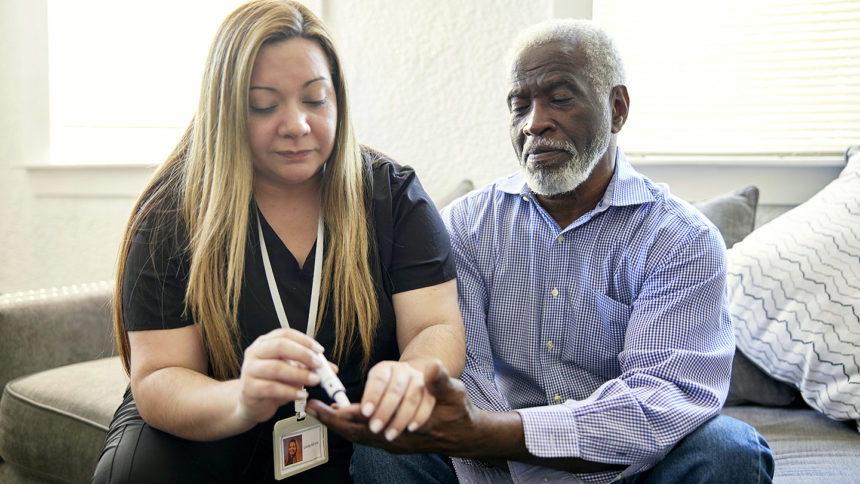
There’s some new guidance on treating hypoglycemia, or low blood sugar, in long-term care communities. It’s specifically geared for healthcare workers, though anyone who is a caregiver for someone with hypoglycemia should be aware of how to help someone who is having low blood sugar.
In the event of a hypoglycemia episode where the person loses consciousness, they’ll need to know how to give them glucagon to restore their blood sugar levels.
The American Society of Consultant Pharmacists (ASCP), American Diabetes Association and the Endocrine Society all released recommendations to handle who should have glucagon, which medication options to choose from, and when people with hypoglycemia should get it.
The organizations suggest that glucagon should be prescribed to people who are at risk for level 2 or level 3 hypoglycemia.
Glucagon is a hormone that increases blood glucose levels in people with severe hypoglycemia. The medication can be taken in nasal spray form, or it can be injected into the skin. Taking glucagon is ideal if a person goes unconscious from blood sugar that’s too low and they cannot eat something to raise their levels.
In addition to traditional glucagon injection powder that requires preparation before injection, intranasal glucagon and ready-to-inject glucagon preparations for subcutaneous injection are available. The preparations to inject require the user to follow directions carefully and pre-mix the medication before they inject it.
Whatever product a caregiver chooses, they should make sure the glucagon is not expired, the groups said.
Ready-to-use glucagon should be the first treatment option in the event that someone is unconscious from low blood sugar. If that’s not available, caregivers should use glucagon that requires preparation and subsequent injection.
Each organizations specific guidelines are here:
In 2021, the US Food and Drug Administration approved the first generic glucagon to treat low blood sugar.




